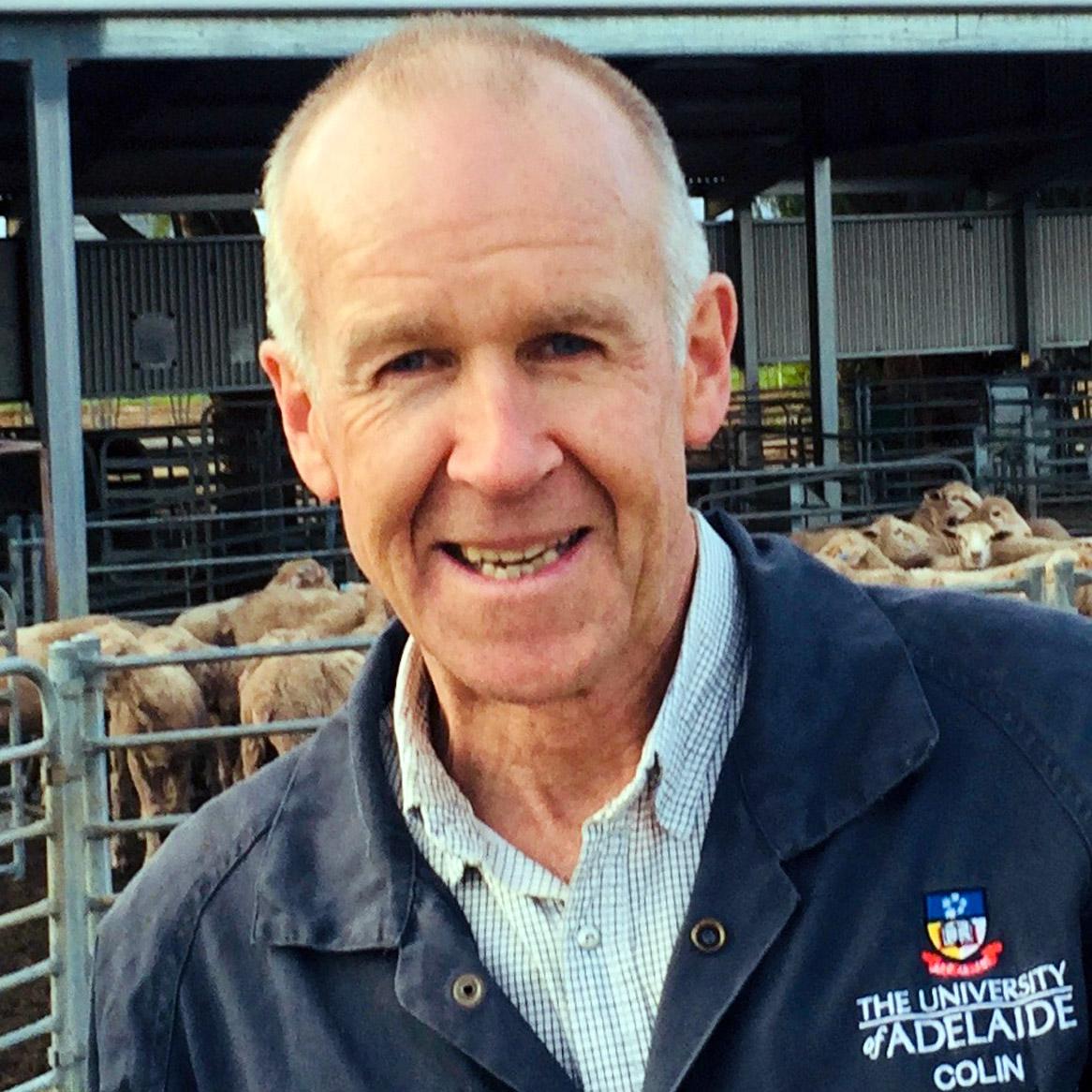Use of local anaesthesia for lamb marking
Animal scientists are seeking an honours student to evaluate the efficacy and adoption of Numnuts, a local anaesthetic used on sheep.
As a result of increasing demand for practical welfare applications for use on farm animals a local anaesthetic applicator was developed under the patented name of Numnuts®.
The Numnuts® device delivers local anaesthetic to the tail or scrotum of lambs at the time of ring application for tail docking or castration (marking). The device allows producers to deliver the local anaesthetic, instead of requiring attendance of a veterinarian to inject the agent.
Controlled studies have demonstrated reductions in pain related behaviour when Numnuts® is used as compared with ring application without local anaesthesia.
Numnuts® is commercialised and is being adopted into the Australian sheep production industry. As part of the adoption phase and by way of monitoring impact, this project aims to assess the end-user experience when Numnuts® is used in a commercial setting.
Farmer attitudes to pain relief and particularly the Numnuts® concept will be assessed prior to, and after, use of Numnuts® on the farm, and producers will also assess small groups of lambs that have either had Numnuts® marking or traditional ring marking without local anaesthetic in terms of overall pain score and ease of handling. It is expected that farmers will be able to identify improved welfare and improved ease of handling post marking in lambs that have been marked using Numnuts®.
A standardised protocol will be used on 10 sheep farms in South Australia to collect this data.

Image: Avington Merino in Victoria was the first commercial farm to use Numnuts for lamb marking. Image: Numnuts
The aim of this project is to run three replicates of 20 lambs, 10 that have received Numnuts® for castration and tail docking and 10 that have been ring castrated and tail docked using standard elastrator pliers. For two hours post marking, the amount of activity, escape attempts and overall demeanor (comfort) of each group will be assessed every 10 minutes. The ease of emptying the pen after two hours will also be assessed.
The date collected from three replicates on each of 10 farms will then be analysed to assess the significance of the findings.

Supervisors
Co-supervisor: Dr Eleonora (Lora) Dal Grande
Research area: Production animal health - Davies Livestock Research Centre
Recommended honours enrolment: Honours in Animal Science
